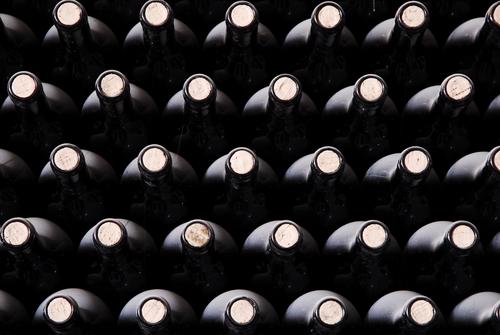
Storing your wine rack isn’t always as straightforward as it might appear; this is especially true if you live in a small home or apartment. With that in mind, it’s crucial that you consider the available space you do have in relation to the size of the desired rack – a level of compromise may be in order. In this article, we will look at where wine racks can and should be kept.
When it comes to wine racks, in general, there are a few rules (or rather recommendations) that should be followed to ensure you get the very best out of your wine storage solution. Suggested rules include:
- Keeping the rack out of easy reach of children or pets. Failure to do so could result in an accident occurring. Metal wine racks should be safely installed mounted onto walls, reducing the chance of accidents
- Buy a rack that is fit for purpose. Contemporary wine racks are the best way to show your range of extensive wines in a modern and unusual design that can be placed anywhere in the house for your guests to see
- Try to find a rack that suits the theme/style already running through your home. That way the rack doesn’t become an eyesore. This also relates to the design of the rack too!
When talking about the opportunities of a wine rack, the possibilities are limited by your imagination (and your budget). Like the recommendations listed above, there are few pointers you’ll need to take on board to ensure the taste of your wine is not compromised during storage.
Orientation
Horizontal placement of wine bottles on wine racks is the best way to go, especially if you don’t intend to open the bottle in the short-term. By keeping your wine in this way, you allow the cork to remain wet and prevent it from drying out over time. A dry cork is prone to shrinkage, resulting in oxidation of the wine as air enters the bottle and increasing the potential for spillage. Many of our metal wine racks have been designed to keep wine bottles horizontal reducing the chance of a damaged or dry cork and prolonging the life of your stored tipple.
Temperature
For a wine to age properly it needs to be stored correctly. According to this guide, these are the optimal temperatures for storing a selection of wines:
- White Wines: 45-50 °F or 7-10 °C
- Red Wines: 50-65 °F or 10-18 °C
- Rosé Wines: 45-55 °F or 7-13 °C
- Sparkling Wines: 42-52 °F or 6-11 °C
- Fortified Wines: 55-68 °F or 13-20 °C
If wine isn’t kept at temperatures like these then it’s highly likely to spoil, affecting the smell and the taste.
Light and Stability
It’s also important to store your wine in a way that prevents bottles from being exposed to intense sunlight or shaken by vibrations. If you are planning on having a contemporary wine rack in your house, especially on a table or a cupboard, make sure it is kept away from a window and is firmly secured to avoid possible shakes when walking past or accidentally knocking the rack.
Don’t be tempted to put it in the fridge! Many people assume that just because a fridge is cold and relatively dark that they should automatically opt to store wine in there (which is understandable). In fact, you really shouldn’t! A better idea would be a cool cellar or somewhere of a similar nature. Storing it in a dedicated wine or home cellar reduces the amount of sunlight in the room, allows you to better maintain optimum temperatures and once your racks have been firmly installed, potential vibrations are kept to a minimum.
Keep these recommendations in mind and you should have no problem storing your wine. For more hints and tips regarding wine racks, storing or enjoying your wine, check out the rest of our blog. Browse our online store for our varied range of contemporary and metal wine racks or get in touch if you’d like to learn more about our bespoke wine rack service.
 Designed and Manufactured in the UK
Designed and Manufactured in the UK 